RSS GRIFFITH:
- OPENING HOURS:
- Monday - Friday
- 09h00 - 17h00
- Patient Information Form
A dermatologist is a fully qualified doctor who specialises in the diagnosis, treatment and prevention of skin diseases and cancers.
Dermatologists treat patients of all ages, from babies and children to adolescents and adults. Dermatologists are trained to diagnose and treat over 3000 conditions affecting the skin including common skin conditions such as acne, eczema, psoriasis, various types of skin cancers to rare and complex skin conditions.
Dermatologists are also experts in the diagnosis and management of disorders affecting the hair, nails, mouth and genitalia. Because of their expert knowledge of the skin and specialist medical training dermatologist are uniquely placed to deliver effective and safe cosmetic services like skincare, laser therapy, muscle relaxants and fillers. In total it will take a minimum of 10 years of medical training to become a specialist dermatologist.
In total it will take a minimum of 11 to 12 years of medical training to become a Specialist Dermatologist.

What is rosacea?
Rosacea is a common condition predominately affecting middle aged fair-skinned people. It usually affects the cheeks, forehead, nose and chin.
It is characterized by small red spots, pustules, flushing and redness. Although rosacea is more common in women, it is often more severe in men.
What causes rosacea?
The cause of rosacea is not known. There are a number of factors that may contribute to its development including genetics, environmental factors, inflammation and blood vessel formation.
What treatments are available for rosacea?
Prescription treatment options include:
~ Topical creams
~ Antibiotic tablets
~ Isotretinoin
~ Medications to reduce flushing
~ Vascular laser for blood vessels and redness
~ Brimonidine gel
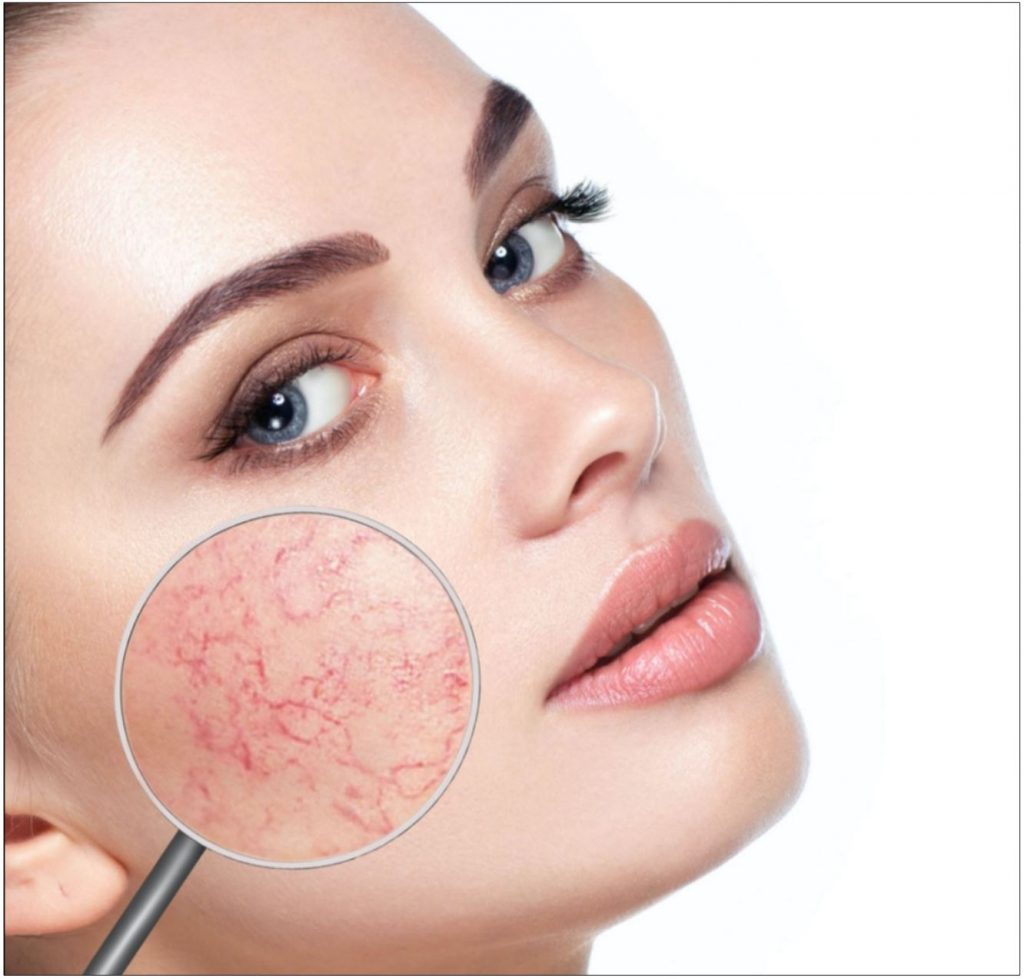
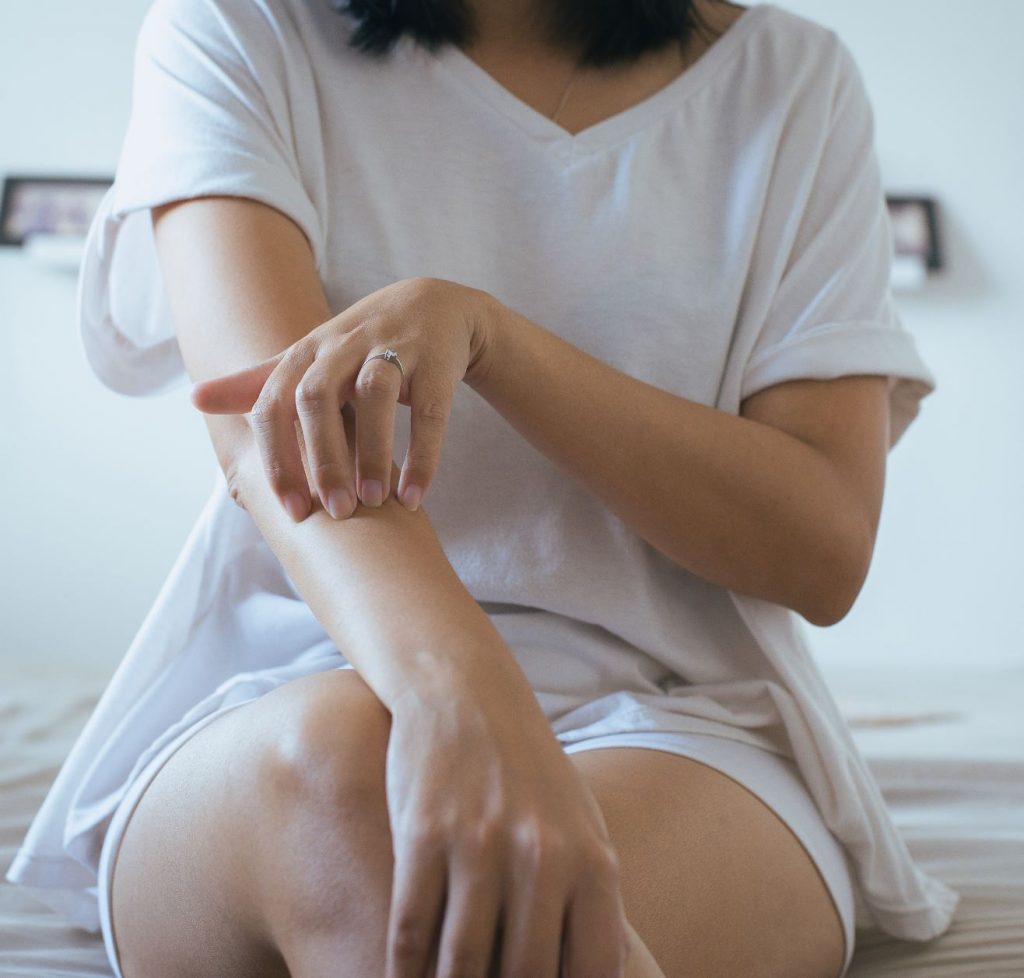
Atopic dermatitis (eczema) is a chronic, inherited, inflammatory skin condition. Eczema is not contagious. Skin affected by eczema is more vulnerable to infections like impetigo, cold sores and warts.
Symptoms of eczema include areas of dry, itching and reddened skin.
Treatment options include:
~ Moisturisers
~ Corticosteroids,
~ Pimecrolimus cream,
~ Phototherapy
~ Oral anti-inflammatory medication
What is phototherapy?
Phototherapy is the use of light to treat Psoriasis, Vitiligo, Eczema and other skin disorders. In treatments, the skin is exposed to a special type of light which comes from a medical device commonly referred to as a phototherapy unit.
The medical lamps in these phototherapy units emit ultraviolet (UV) light in a wavelength that creates changes within the skins cells. The cells in most patients then begin to behave normally, which reduces or eliminates the symptoms of the skin disease.
When is phototherapy used?
Phototherapy is commonly used to control widespread dermatitis (eczema) and psoriasis. It may be used to treat vitiligo, but response may be slower and recovery only partial.
Phototherapy may also be used in less common conditions where it has been reported to be useful.
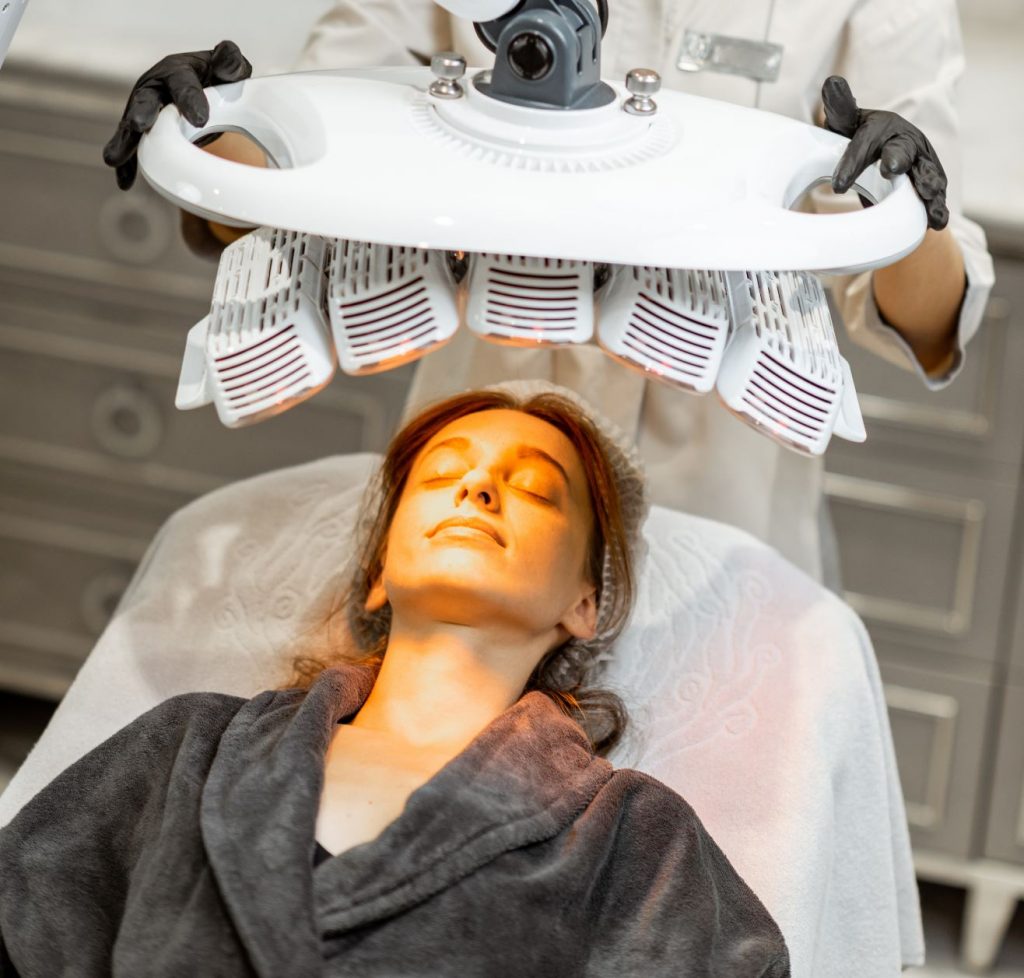
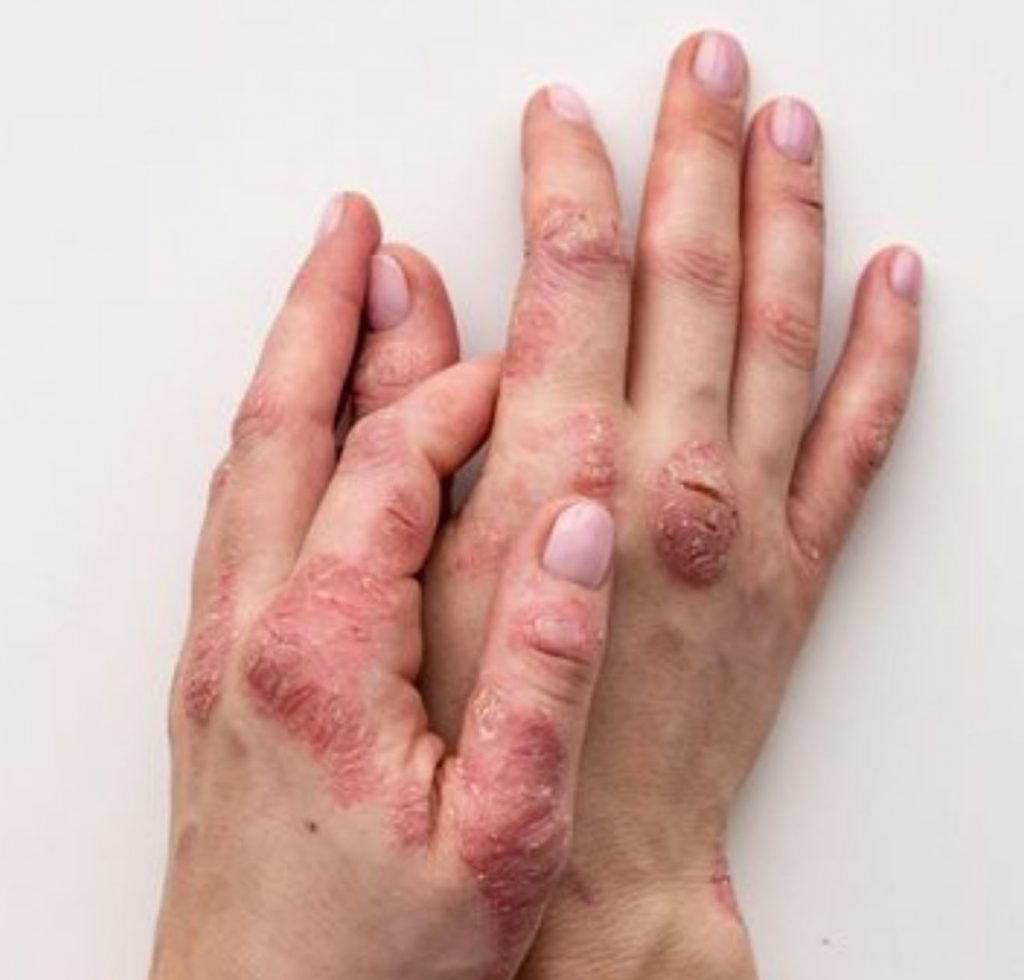
Psoriasis is a common skin condition that speeds up the life cycle of skin cells. It causes cells to build up rapidly on the surface of the skin. The extra skin cells form scales and red patches that are itchy and sometimes painful.
Psoriasis is a chronic disease that often comes and goes. The main goal of treatment is to stop the skin cells from growing so quickly.
Psoriasis signs and symptoms are different for everyone. Common signs and symptoms include:
~ Red patches of skin covered with thick, silvery scales
~ Small scaling spots (commonly seen in children)
~ Dry, cracked skin that may bleed
~ Itching, burning or soreness
~ Thickened, pitted or ridged nails
~ Swollen and stiff joints
~ Psoriasis patches can range from a few spots of dandruff-like scaling to major eruptions that cover large areas.
Most types of psoriasis go through cycles, flaring for a few weeks or months, then subsiding for a time or even going into complete remission.
What is acne?
Acne is a disorder of the hair follicle and sebaceous gland. Acne is most common in adolescents and young people with up to 85% of 16-18 year olds affected. Acne is also very common in adults and can persist for years.
How does acne present?
Acne can present in many different ways. It is most commonly seen on the face, neck, chest and back as these areas have a higher number of sebaceous (oil) glands.
Common acne subtypes include:
~ Open and closed comedones (blackheads and whiteheads)
~ Inflammatory papules and pustules
~ Cysts
What treatments are available for acne?
There are a number of treatment options for acne and treatment should be tailored to the severity, location and subtype of the acne. Dermatologists are specifically trained to manage all subtypes of acne, particularly severe acne cases associated with scarring.
Treatment options include:
~ Topical treatments (eg creams, washes, lotions)
~ Oral antibiotics
~ Oral contraceptive pills
~ Isotretinoin
~ LED light therapy
~ Medical grade peels
~ Obagi Radiance Peel
~ Rationale Enzyme Reactivation Treatments™
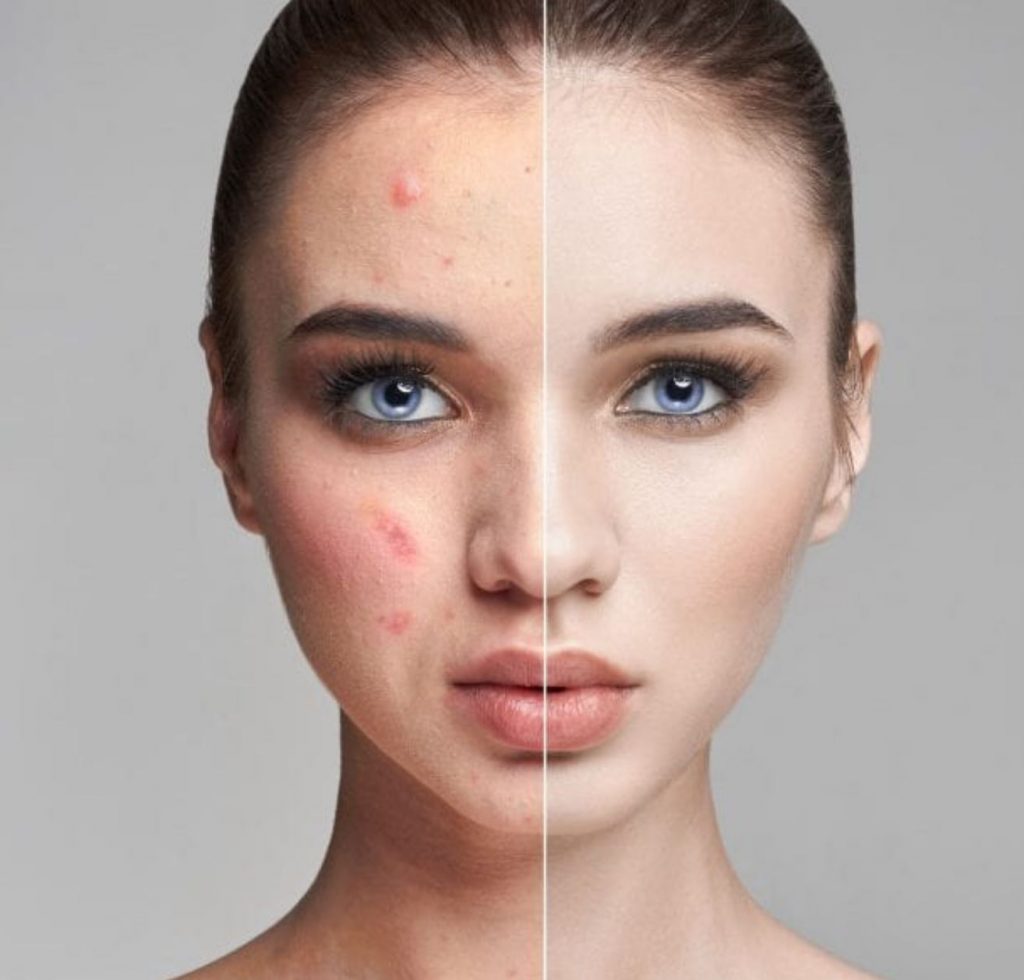
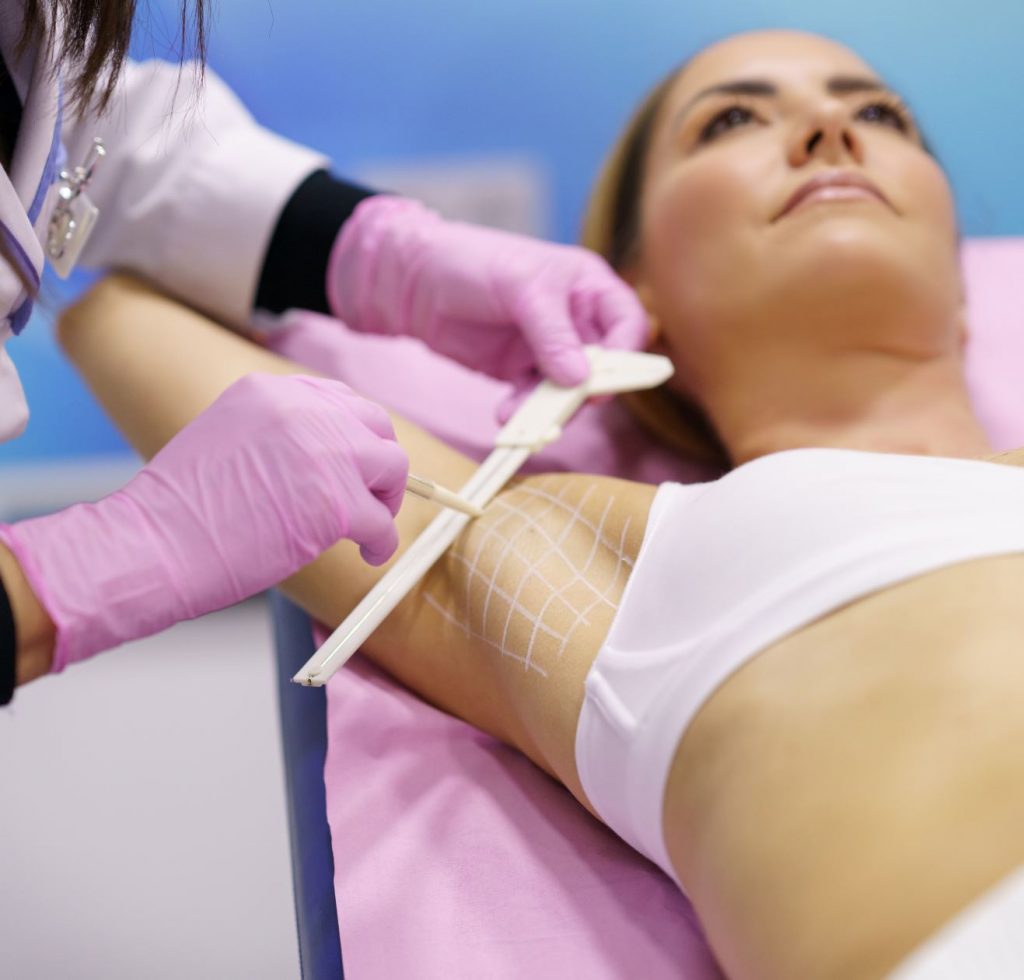
Anti-wrinkle injections have recently been approved by the PBS of severe axillary hyperhidrosis (underarm sweating).
This treatment can only be administered by approved specialists to receive the PBS rebate. At Riverina Skin Specialists, all dermatologists are authorised PBS injectors for axillary hyperhidrosis.
Contact the rooms to discuss this treatment further.
